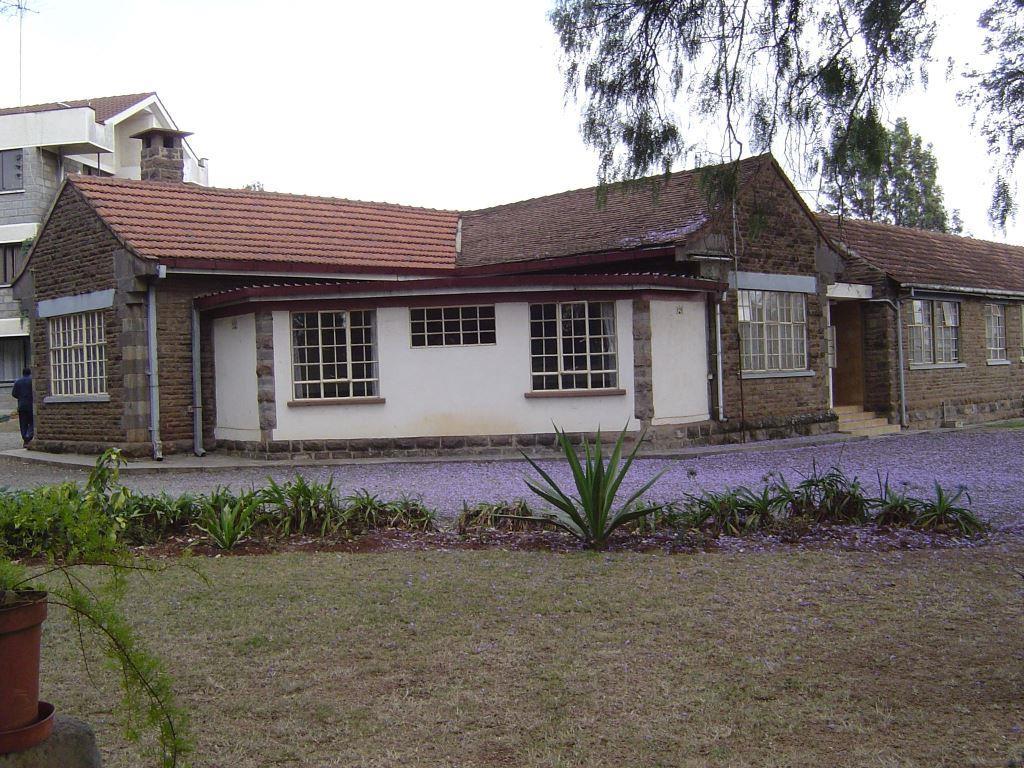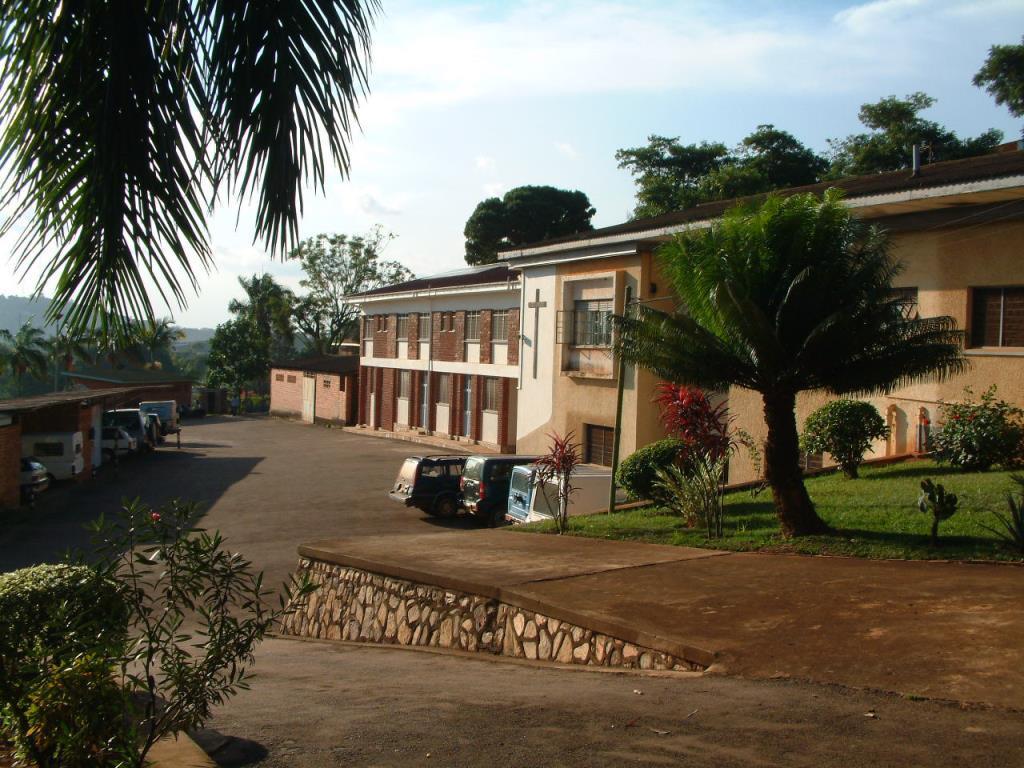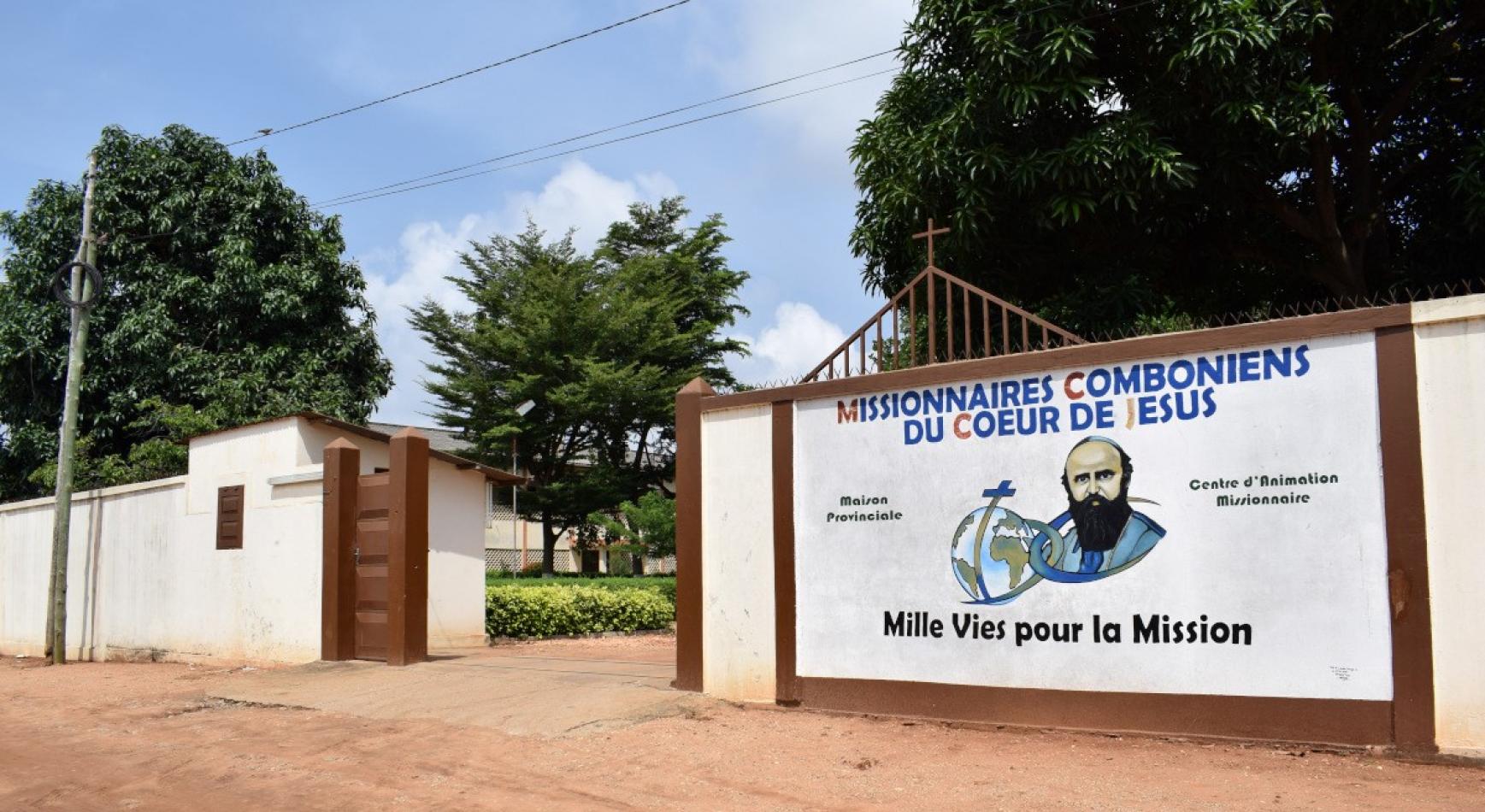Daniel Comboni
Comboni Missionaries
Institutional area
Other links
Newsletter
Headquarters: Nairobi
Two were the main remote reasons for the opening of a new presence in East Africa:
a) A shift in understanding mission was taking place. The policy followed before Vatican Council II – that of granting to institutes “mission territories” on the part of Propaganda Fide – was being replaced with a new vision of Church: “a communion of local churches”. This brought the local ordinaries to feel free to invite and obtain personnel from various missionary institutes to work in their local churches.
b) The shocking experience of the expulsion of Comboni missionaries from Sudan in 1964. After that, General Administrations dreaded the risk of concentrating missionaries in one region.
The immediate reason was the unpredictable behaviour the Idi Amin Dada’s regime in Uganda: visas began to be denied; residence permits were no longer granted; some confreres were expelled…
Kenya was just beyond the border… Why not moving there? In November 1971, the Uganda regional superior (Fr. Mario Marchetti), together with Fr. Cefalo visited Kenya, in particular West Pokot, to examine the possibilities of opening new missions in that area. In 1972 there was a second visit: Fr Marchetti, Father General (Agostoni Tarcisio), together with other Comboni missionaries visited Mgr Njenga, then Bishop of Eldoret. An agreement was reached: the Comboni missionaries would begin with Tartar. In August 1972 Fr. Leali reached Tartar and began to work with a diocesan priest from Tanzania (Fr. Adeodato Kateme). Fr. T. Corbetta would later be posted in Tartar as superior and parish priest.
During the Regional Council of Uganda held in Lira in November 1972 the first comboni community in Kenya was officially declared opened. In 1973 Kacheliba and Kapenguria were opened.
Still in 1973, the regional superior of Uganda made 15 trips to Kenya; the superior general 5. The possibility of getting entry visa to Uganda had become extremely difficult, hence the necessity of a centre in Nairobi which would function as a rest house for missionaries, as well as a procure in Kenya. The first house was rented in South B, ten minutes from the Airport. Fr. Andrea Polati (coming from Addis Ababa) was put in charge of the new house. Soon after, Fr. Gino Milani joined him.
On the 13th of March 1973 the first comboni missionaries – originally assigned to Uganda, but then diverted to Kenya – arrived in Nairobi. Among others: Fr. Romeo De Berti, Fr. Claudio Longhi and Fr. Santiago Jimenez. They went first to Moshi (Tanzania), guests of a seminary of the Apostles of Jesus. A month later they moved to Kipalapala for a Kiswahili course.
A better provincial residence was soon found in Ngong Road (it would function also as an interregional procure) and officially opened on 31st October 1973.
In Kariobangi the diocese of Nairobi was building a priests’ house in view of establishing a parish: Cardinal Maurice Otunga asked the Comboni missionaries to take over the parish. In 1974 the parish was officially entrusted to the Comboni institute.
In 1973 and 1974, Sololo and Moyale missions were respectively opened in the North-East of Kenya, while Makindu and Kasikeu on the road to Mombasa. This scattering of missions was termed “prophetic”, since, it was claimed, Comboni was placing himself along two “pan-African co-ordinates”: Cape Town-Cairo Pan-African Highway, and Mombasa-Kinshasa Trans-African Highway”; that would bring the Kenyan Comboni province “in communion and collaboration” with Uganda and Congolese confreres on one way, and Sothern African, Sudanese, Ethiopian and Egyptian confreres on the other. This prophesy is yet to be fulfilled.
Because of political turmoil in Uganda, the novitiate of the English speaking Africa was transferred to Tartar from 1981 till 1990, when it was taken back to Uganda. The CBC was started in Gilgil in 1982; the Postulancy in Ongata Rongai in 1983; the scholasticate transferred from Kampala in 1988 and New People media centre in 1989.
One notices at glance the quick rise in the number of missions and commitments in the 1970’s and a drastic reduction of the same in the 1990’s. This was due “re-qualification and re-definition of priorities of the province”, discussed and put forward in various provincial programmes and in the 6 Year Plan. Today’s priorities are the following: a) first evangelisation to the nomads; b) urban ministry; c) Mission Animation and Vocation Promotion; d) Mass Media.






